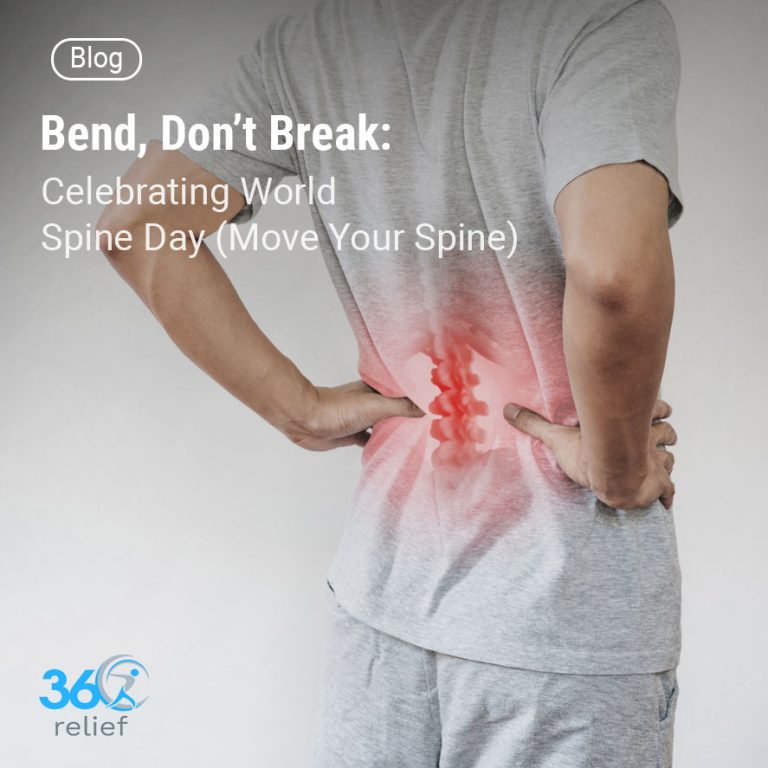Repetitive Strain Injury is becoming more common as we spend more time in front of our computers, phones, and tablets. People are having to work for longer hours during this recessionary time, with less flexibility in their workloads. The good news is that if you understand the causes of Repetitive strain injuries, you may take steps to alleviate and even prevent the problem.

Table of Contents
ToggleWhat exactly is Repetitive Strain Injury (RSI)?
Repetitive Strain Injury (RSI), also known as Overuse syndrome, it’s the slow accumulation of tissue damage caused by repetitive movements and/or overuse. It is the pain in Muscles, Nerves and tendons. RSI can affect any moveable part of the body, but it is most commonly found in the upper limbs, particularly in neck, shoulders, forearms, and hands. It’s also known as work-related upper limb disorder, or non-specific upper limb pain.
General Relationship between the different Factors Involved in bringing on a Repetitive Strain Injury as represented below:
I=N*F/A*R
I= Total damage to the Tissue
N= Number of repetitions
F= Force used to perform each repetition
A= Movement
R= the rest time where the tissue is not under tension or in an awkward posture

Symptoms of RSI Include:
- Tenderness or pain in the affected muscle or joint
- Weakness or a loss of sensation
- Pulsing sensation in the affected area
- Swelling
- Throbbing or tingling sensation in the hand or arm.
- Burning and aching
How do we Aggravate Repetitive Strain Injury?
- Continue to do whatever created the problem in the first place.
- Not getting enough rest.
- Not using Supports
What steps can you take to help prevent Repetitive Strain Injury?
Regardless of the diagnosis, if pain and discomfort are neglected, they can begin to affect your work productivity as well as your ability to complete daily routine tasks. To help alleviate your discomfort, you can start making some changes on your own.
Step 1: Examine Your Day-to-Day Activities
Do any of your activities need you to hold a static position or perform a lot of repetitions? These have a high risk of causing a repetitive strain injury. Have you increased the number of repetitions or the time you spend on activities like sitting, typing, texting, and running?
Step 2 – Alter or improve the activity to make it less risky
- You must take regular short breaks while working.
- Use of posture corrector for correct posture.
- Reducing the number of repetitions performed.
- Reducing the force required to perform each repetition.
- If using a iPad or a tablet try to keep it close to you.
- Braces and Supports

Brace/supports can assist to alleviate pain and prevent it from getting worse. Adjustable Wrist & Hand supports are often recommended for people with carpal tunnel problems. A wrist brace is very effective at keeping your wrist in a neutral position.
Step 3: Implement the Changes You’ve Identified
Knowing where the problems lie doesn’t mean you can relax. Make a plan, quantify what you’re doing, and make sure you’re doing it well. If you’re looking for the right braces/Supports then click here.
















